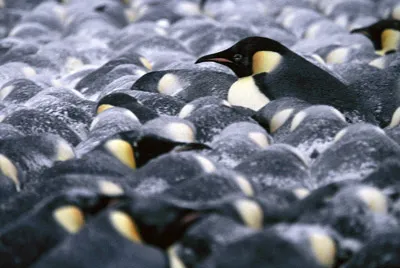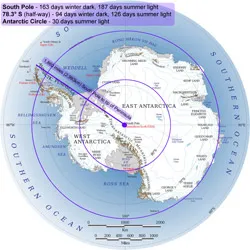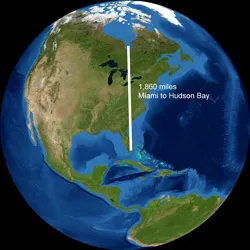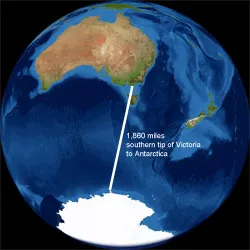Quick Answers:
| Which are the winter months in Antarctica? | March to October - winter lasts longer closer to the Pole. |
| How cold does it get? | The average winter daily temperature in the coldest regions is around -60°C to -65°C (-76°F to -85°F) |
| Can you visit in the winter? | No. Sea-ice forms around Antarctica in the winter which doubles the area, ships cannot push through this. Constant dark, extreme low temperatures and regular fierce storms present extra barriers, risky flights are only made in life or death emergencies only. |
| What is the coldest month? | Most commonly August and then July, sometimes September, it varies by location. |
| What was the coldest ever temperature? | Measured on the ground at -89.2°C (-128.6°C), at the Russian Vostok station on the 21st of July 1983. Satellite data has indicated that winter temperatures at remote parts of the high plateau may regularly drop below -90°C (-130°F) reaching -98°C (-144°F) in many places. |
| Do people live in Antarctica during the winter? | About 1,000 people overwinter in Antarctica each year, they live across the continent in remote scientific stations. Travel away from the stations is very limited during the winter and there are strict rules as it can be very dangerous. |
Longer Explanation:
The polar regions have very pronounced seasons, though they are not like the four roughly equal length seasons that many of us live with. The polar regions are usually described as having just a summer and winter. There is a spring period where things are clearly changing, but it is much shorter and less distinct than most of us are used to. In the autumn or fall, the absence of trees means there is no obvious indicator and it is less distinct then even the polar spring.
Antarctic Summers are short and cold with very long daylight hours, the sun is above the horizon for over 18 hours in midsummer at 60°S, the northern-most limit of Antarctica, add in the twilight hours and it never gets fully dark at this time. As you go further south, the days get longer still until and in the deep south, the sun is above the horizon 24 hours a day for weeks or months on end.
Antarctic Winters are long and very cold with long dark nights that may last for weeks . The dark doesn't last as long as the summer light as there is twilight after the sun sets below the horizon and before it comes up again.
The further south you go, the colder, darker and longer the winter is. Antarctica is a large continent, so conditions vary quite a lot from the South Pole to the edge. It is about 1,860 miles (2993 km) from the South Pole to the northern tip of the Peninsula, the furthest place from the pole on mainland Antarctica, here are some equal distances on other continents.
The answers to questions such as "how cold is it in Antarctica?", "How much daylight is there in summer and darkness in winter?" depends on where you are. Places on the Antarctic continent can be as far apart as Miami and Hudson Bay, Athens and Trondheim or Australia and Antarctica. Those places have very different climates and the differences can be just as large in Antarctica, it's just that the range is entirely one of degrees of cold.
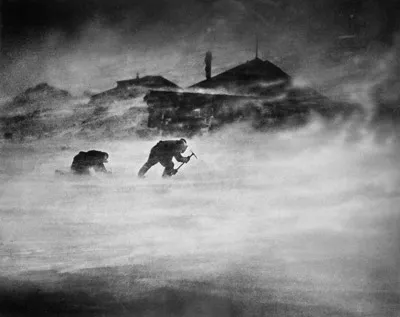
Douglas Mawson established a base at Commonwealth Bay in 1911, 1,590 miles from the pole during an unusually calm spell, it turned out to be one of the windiest spots on earth |
Wind also varies according to place. Antarctica has what are called "Katabatic" winds, these form when cold dense air falls in the interior and then flows down the slope to the sea sometimes building up to hurricane force as it does so, up to 190 mph / 300 kmh at the coastal edge. The result is that the deep inland, high altitude, coldest regions have relatively little or no wind whereas continental coastal areas in particular have very significant winds, leading to those areas that aren't so cold in temperature terms often having huge wind-chill factors.
The temperature of some locations in Antarctica and their distance from the South Pole.
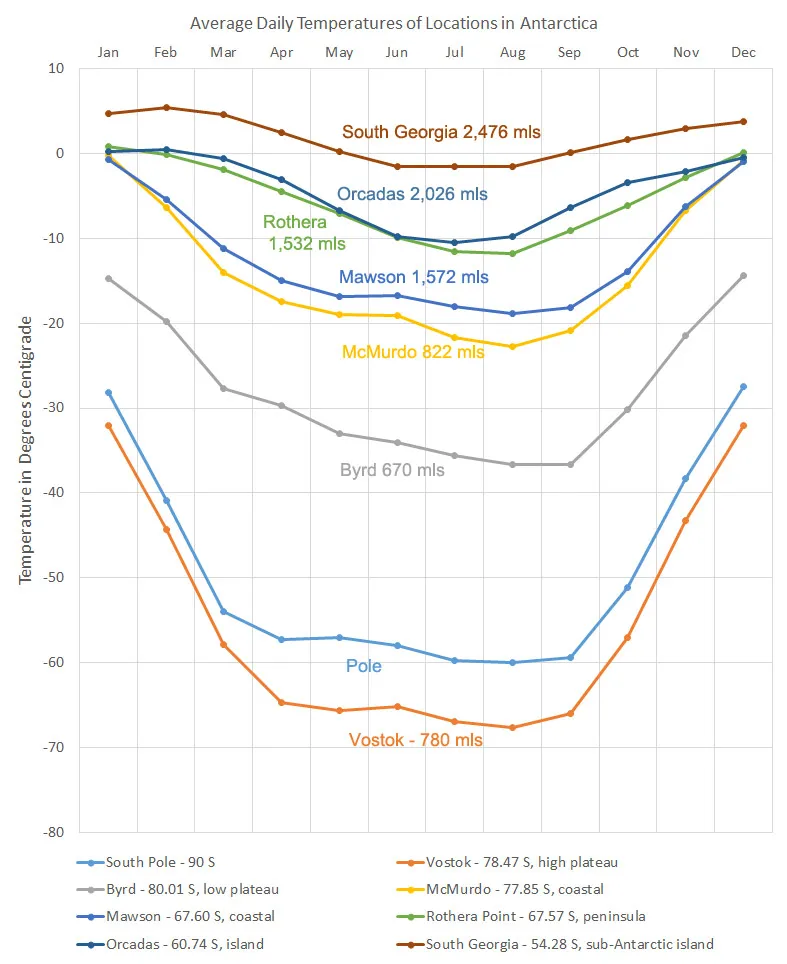
Winter Darkness, Summer Light
In the deep south, the year is one of extremes where there is a period of constant daylight in the summer and a period of constant darkness in the winter. At the Pole itself it is either constantly daylight or constantly dark, each lasting for 6 months of the year.
When the sun disappears in the winter, the temperatures fall dramatically and don't rise until it comes back again. This can be seen in the graphs above of The South Pole and Vostok in particular when darkness arrives at about the March equinox and then the sun comes back again at the September equinox. The temperature peaks in December when the tilt of the continent towards the sun is at its extreme. Places that are less far south don't get so cold in winter and the differences between summer and winter become less dramatic as you move away from the Pole.
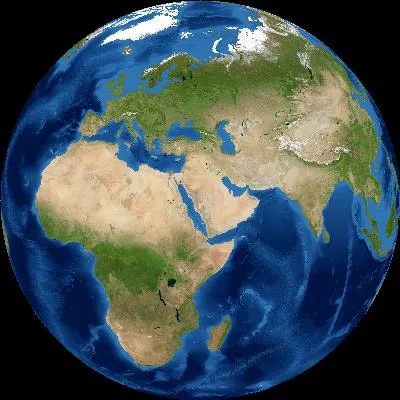
Midwinter - 21st of June, the middle of the Austral (southern hemisphere) winter. The earth seen from the perspective of the sun. The whole area within the Antarctic Circle is tilted away and not exposed to the sun for 24 hours a day, there is no direct sunshine but there is twilight spilling over the edge.
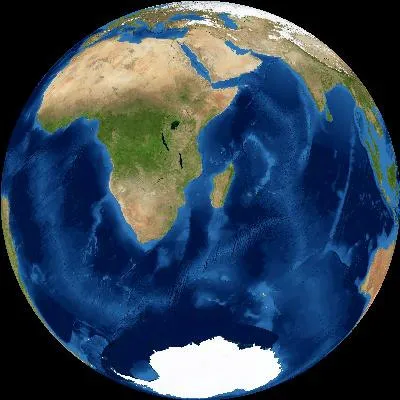
Midsummer- 21st of December, the middle of the Austral summer. The earth seen from the perspective of the sun. The whole area within the Antarctic Circle is now visible to the sun 24 hours a day.
Acknowledgements:
Coldest temperatures:
here
Globes from various perspectives derived from the
excellent
Earth Viewer, used courtesy of John Walker of Fourmilab,
Switzerland and NASA
Emperor penguin huddle - Jerome Maison. ©
2005, Bonne Pioche Productions / Alliance De Production Cinematographique,
used permission of Warner Brothers.

